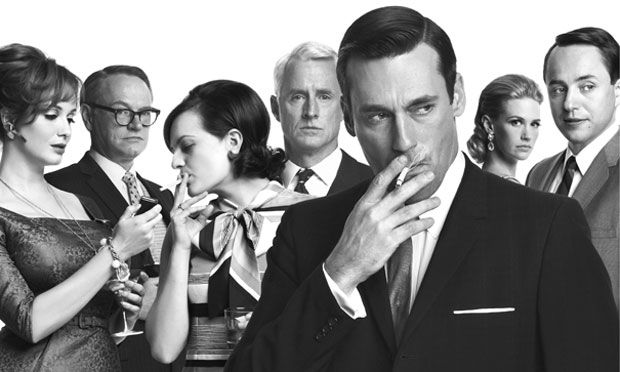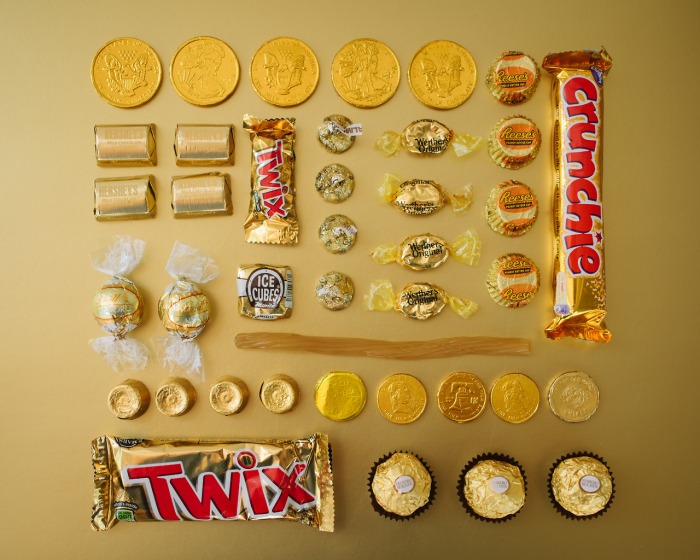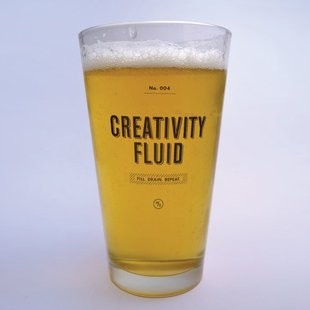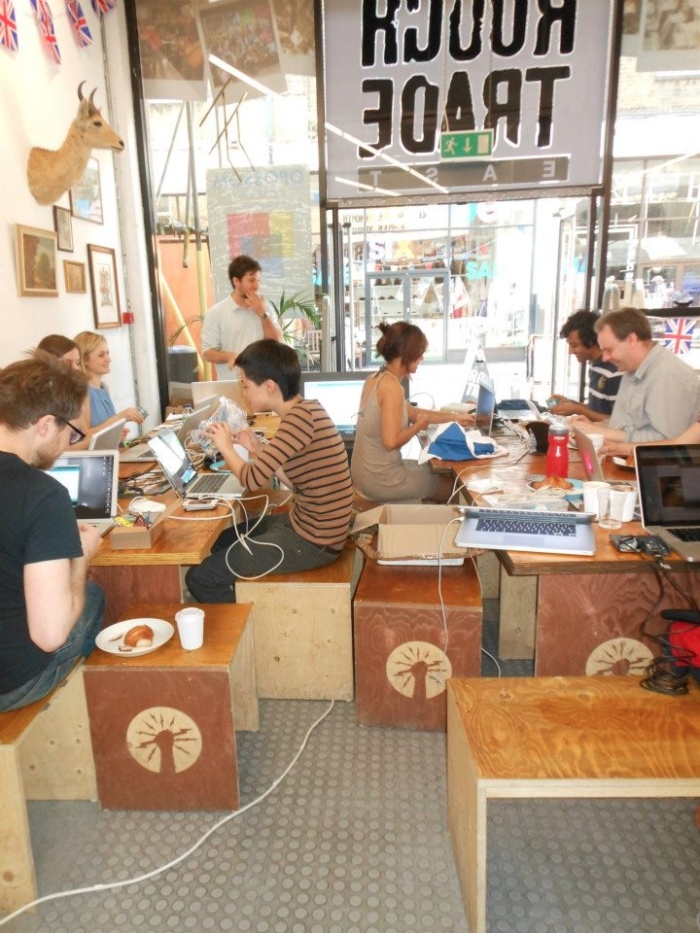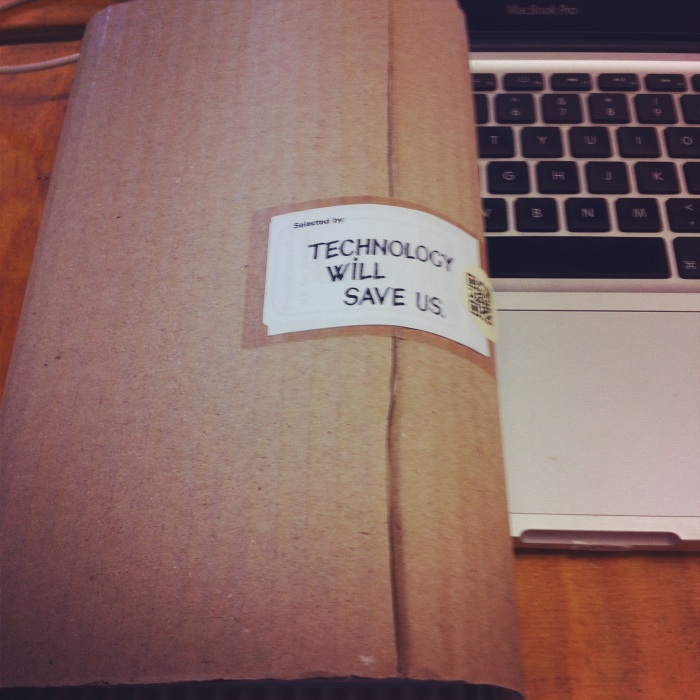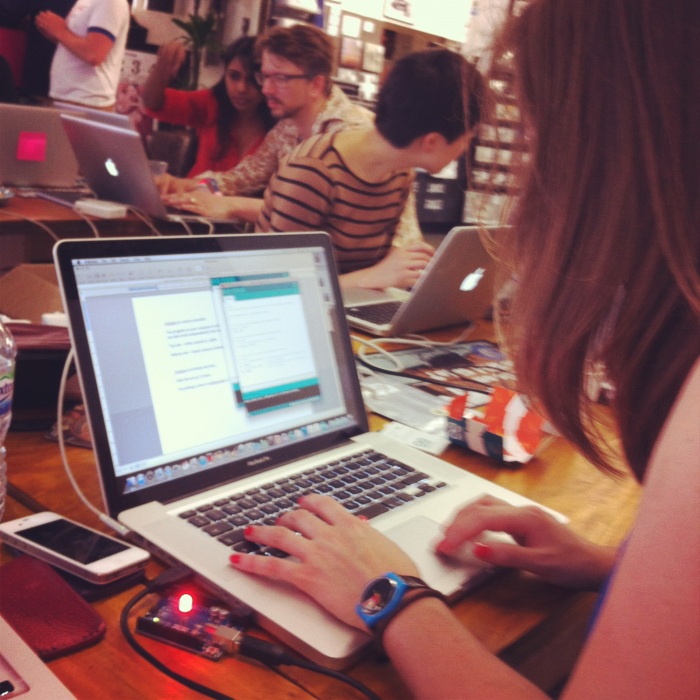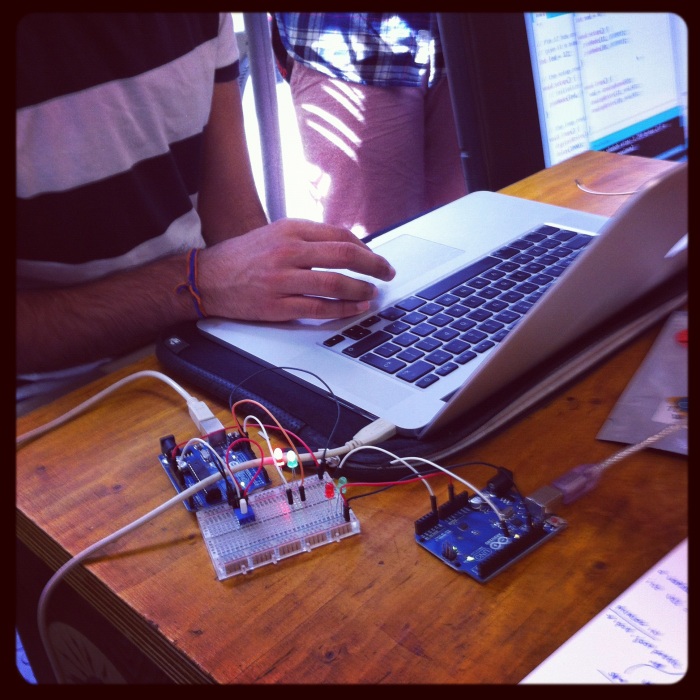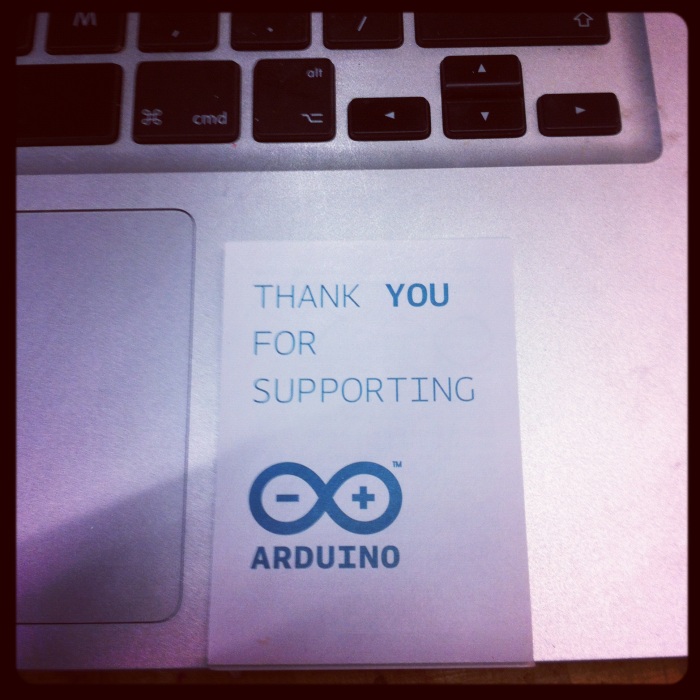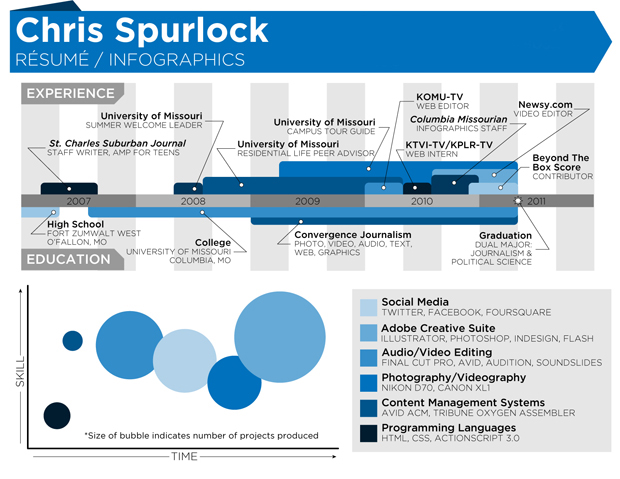Digital strategy, social strategy, mobile strategy, media strategy, content strategy. Why are marketing disciplines being siloed making everything really complex when in fact it doesn’t need to be? It is always great when someone manages to comes along and have a solution to this problem in three slides. This great talk from PJ Pereira (from the agency Pereira & O’Dell who did the award winning Intel Beauty Inside campaign) talks about how agencies of the future need to look at a new model to create successful work for clients.
When you look at the essence of what an entire agency does there are three functions that we are putting our brain to work on:
- Story – what is the story we want people to associate with our brand and our product? This can work in a 30 second film, a single photo in a magazine, a video game or a feature film but there is always a story element to it
- The Applications – these are things we want people to do – whether we build an ecommerce site, a real store or a game there is often something we create for the consumer to do something with
- Distribution – finally how do you get these stories and applications in front of the right people in the fastest cheapest and most interesting way to get close to the consumer? (paid media, doing PR, etc).
When we look at creativity in this way it starts to feel easy for people from a PR agency or a media guy or a brand planner or a social strategist to work together rather than going off individually and working up something in their “specialism” which leads to completely disjointed work.
If you take the above framework people can start to see themselves as a single team. It is about combining integrated technique and skill sets not jumping straight channels and format.
He ended his talk by saying we all need to think like a marketer, behave like an entertainer and move like a tech start up.
Think like a marketer: Remember we are solving real problems. We are helping companies grow. Our work always has a goal.
Behave like an entertainer: One of the most important things nowadays is to keep people’s attention – the moment you lose it the moment that person is looking at a competitor (this is fundamentally different to buying people’s time knowing we have their attention) so creative work has to up its game to get noticed.
Move like a tech start up: Be aware of everything that is going on and learn how to prototype ideas and put them into the market. Listen to consumers. Are they participating? Are they interacting? Are they using our applications we build? How do we refine them? Use them as part of the research and keep experimenting.
This approach is daunting. It is new. It is exciting but scary. Everyone is a beginner again. Most agencies will be too scared to do it and will still preserve the same structures they had 20 years ago. It may work but it won’t last forever.
